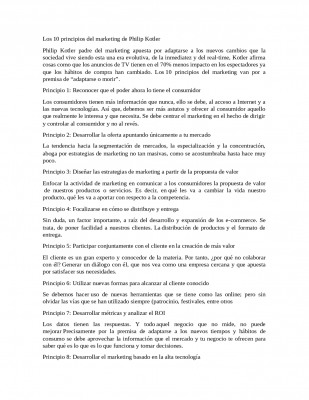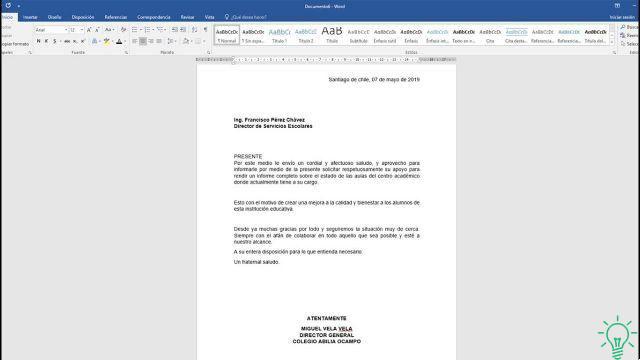Abuse in the workplace manifests itself in different ways and situations. To counter them effectively, it is therefore important to know the environment in which you move.

Written and verified by the psychologist GetPersonalGrowth.
Last update: 15 November 2021
Situations of bullying, or bullying, protracted over time are among the most harmful events for psychological health. Some studies claim that such experiences can result in post-traumatic stress disorder. Bullying in the workplace can be almost unnoticeable at first, but it gradually takes hold, undermining our psychological stability.
For example, being eliminated from the company's WhatsApp group, not being involved in meetings and extra-work activities. Or colleagues might start delegating tasks they don't want to complete. Situations that have an intimidating flavor.
Bullying in the workplace often begins with episodes that cause a certain annoyance, which then grows day by day and becomes chronic. We end up not finding peace even on the weekend, because let's think about what awaits us on Monday. The problem is that often, in order not to live in these situations, one has no choice but to leave work (Piñuel and Cantero 2002).
Workplace mobbing: recognizing the different types
We can define bullying as a condition of repeated and prolonged intimidation by superiors and subordinates towards an employee.
The one practiced by colleagues is called horizontal bullying, while that carried out by subordinates is called vertical bullying. Another common form of bullying in the workplace is bossing, which is exercised by the management.
Knowing the different situations of mobbing is very important, as each of us could have exhausting experiences in the workplace without even knowing that we are a victim. We talk about it in detail in the next few lines.
1. Discrimination: an obstacle that blocks professional growth
One of the most common ways of bullying is to build walls and barriers around the person to hinder their professional growth.
An example may be that in which proposals and opportunities denied to you are offered to your colleagues. For some reason you are excluded from sharing successes, your career is almost frozen, while everyone around is thriving.
2. What you are and what you do has no value (devaluation)
Are you a fan of any series or movie? In a context of mobbing, your colleagues or bosses will always devalue what you are most passionate about. Not only will they look down on you for how you dress or what you say, but no matter how hard you try, they won't appreciate your work either.
3. You are nobody or you don't exist (isolation at work)
As anticipated at the beginning, in some cases, the employee is suddenly deleted from the company's WhatsApp group. This is a classic example of isolation at work, but there are other forms of it:
- Colleagues create emptiness around us (they don't talk to us, they avoid us, etc).
- We hardly ever get involved in teamwork.
- During the break no one has a word with us.
- We are not informed about appointments, meetings and events related to the work.
4. Bullying in the workplace: the excess or absence of assigned tasks
This is undoubtedly one of the most common ways of bullying. That is, when we are suddenly assigned an excessive workload. Or, on the contrary, we are not assigned any tasks.
In other cases, we may be assigned degrading or humiliating tasks compared to our professional position.
For example, a laboratory researcher might suddenly be assigned logistics, sample collection, or cleaning duties.
5. Insults, disrespect, boycott
The most striking case of bullying is the one in which it exists a clear, direct and painful intimidating action. We speak, for example, of insults, shoving in the corridor, teasing, up to the real professional boycott that results in a toxic working environment.
In some cases, multiple colleagues may come together making life impossible for the person, out of sheer pleasure, envy, or mere discrimination.
Such an everyday situation does that increases the risk of the victim experiencing PTSD, as several studies explain (Mikkelsen, EG and Einarsen, S, 2002).
6. Bullying in the workplace: blaming the victim
Does an accident happen, is there a problem or is a mistake made? The fault is yours. Faced with these dynamics we must be clear: the most effective way to undermine a person's psychological balance is to mentally wear him out. In this sense, blaming the person for everything that happens (and doesn't happen) is usually an effective technique.
7. Gossip and defamatory rumors
Another painful way of bullying at work is that linked to the spread of unfounded gossip. There is nothing more powerful in any work environment. Their purpose is to unite the group and humiliate the victim. It doesn't matter if they are false and unfounded, the important thing is that they hurt and harm the person.
Conclusions
Bullying and psychological harassment at work continue to occur all too often these days. These dynamics, these scenarios contaminated by negativity, abuses and boycotts, do not leave victims alone.
All of this also affects productivity, but in particular physical and psychological health. Let's stop the culture of harassment, let's not take part in it and, if we suffer it, let's not hesitate to ask for help and take appropriate legal action.
























